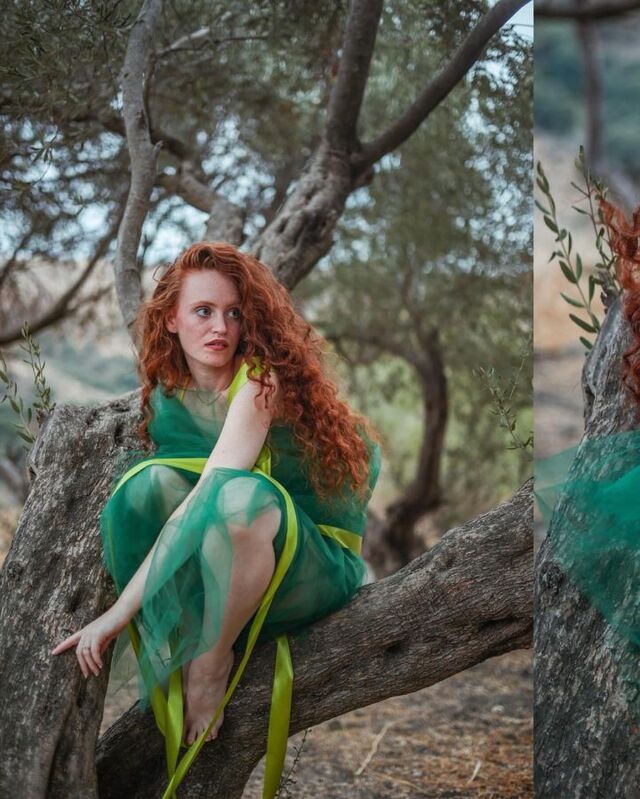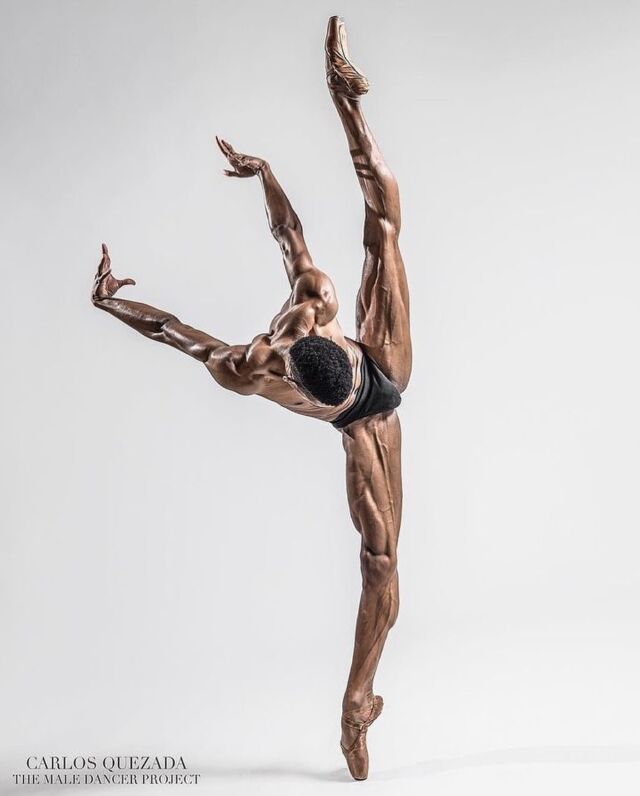Recently, there has been more speculation than usual about the future of American orchestras. This week, the 28-year-old conductor Klaus Mäkelä became the youngest music director of the Chicago Symphony Orchestra, and there are openings at a number of the highest-profile ensembles in the country — especially after Esa-Pekka Salonen announced his departure from the San Francisco Symphony in March.
One conductor under close watch is Karina Canellakis, who made her New York Philharmonic debut on Thursday. A born-and-raised New Yorker, she is the chief conductor of the Netherlands Radio Philharmonic Orchestra — a job once held by the Philharmonic’s departing music director, Jaap van Zweden — and principal guest conductor of the London Philharmonic Orchestra.
With the Philharmonic, Canellakis made an exciting and memorable debut, in a program that leaned heavily toward meditative, dreamy reflection. She began with an incisive reading of Webern’s Six Pieces for Orchestra, keeping her conducting elegantly restrained, even economized — gestures that befitted this sharply angled, brief set.
Where the Webern was spare, the next piece, Strauss’s mystic “Death and Transfiguration,” was sumptuous, with Canellakis and the orchestra rendering phrases in richly hued colors and gentle curves. She harnessed the ensemble’s full power, riding over the heaving waves of sound with a muscular confidence.
After a multiyear delay because of the pandemic, the German-Japanese pianist Alice Sara Ott finally made her Philharmonic debut as well, playing Ravel’s jazz-fueled Piano Concerto in G, which fit her like a custom suit. She had enormous fun with the two sparkling and vivacious outer movements and brought deep tenderness to the inner slow movement, which she rendered as intimately as if she had been playing in a small nightclub.
This concerto, completed in 1931, is something like a French sibling of Gershwin’s “Rhapsody in Blue,” which Ravel asked to hear the American composer play when he visited New York in 1928. (The admiration was mutual; at one point, Gershwin sought to study with Ravel.)
Ott brought a delicate, dreamy touch when the score demanded it, including during a particularly magical exchange of finely filigreed work with the Philharmonic’s harpist, Nancy Allen. But Ott, who has spoken with candor about living with multiple sclerosis, also came armed with virtuoso pyrotechnics. With ferocious precision, she matched the whip-crack of percussion that opens the concerto.
As an encore, she performed Erik Satie’s Gnossienne No. 1 wistfully and freely floating. Rare is the pianist who allows herself to fully relax inside Satie’s unmetered labyrinth; Ott was the imaginative exception. (She prefers to play barefoot, and scurried merrily on and offstage with the lightness of a dancer.)
Like the Strauss earlier, Scriabin’s large-scale, turbulent “Poem of Ecstasy” is surge after surge of burning desire: as the novelist Henry Miller once memorably called it, “a bath of ice, cocaine and rainbows.” Canellakis allowed herself the luxury of sweeping gestures from the podium, but she retained fine sculptural control over her fully amassed forces. Psychically, artistically, it was worlds away from all of the music-business-world talk of conductor moves and contracts.
New York Philharmonic
This program repeats through Saturday at David Geffen Hall, Manhattan; nyphil.org.
Source link







![Growing up learning Indian Classical Music, I’ve developed a deep appreciation for diverse musical genres, and techno is definitely one that has captured my interest. Got inspired to write this track by blending the beautiful melodies of Hindustani classical, particularly Raag Bhairav, with the beats of techno. Excited to share this fusion with you all!
Music by @miladzki
Check it out and vibe with me! 🎶✨
[ techno, newmusic, fusion, indianclassicalmusic, techno, music, kakisinger ]](https://talentsofworld.com/wp-content/uploads/wp-social-ninja/instagram/9xm.tv/18327743320185528_full.jpg)
![Listen to this Version of Dil Kho Gaya
Original Song From the Movie Dil.
Anand-Milind, Udit Narayan, Anuradha Paudwal sung this song
Music by Anand-Milind
Hope you guys like this Rendition of the Classic Song by Kaki Singer.
Like, Share & Comment.
[ Dil, Dil kho Gaya, old songs, Classic Bollywood, old song covers, retro songs, indian old songs, old hindi songs, melodies, kaki singer, Indian singers ]](https://talentsofworld.com/wp-content/uploads/wp-social-ninja/instagram/9xm.tv/17999564600299237_full.jpg)




















































